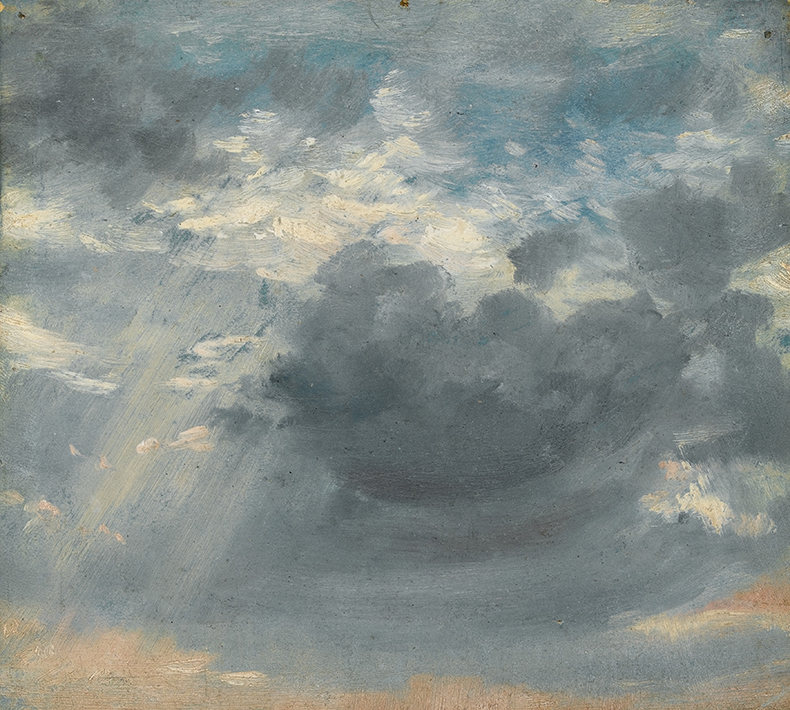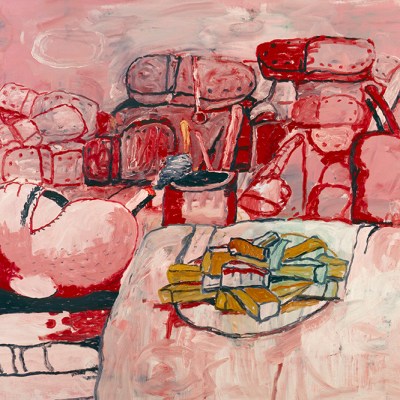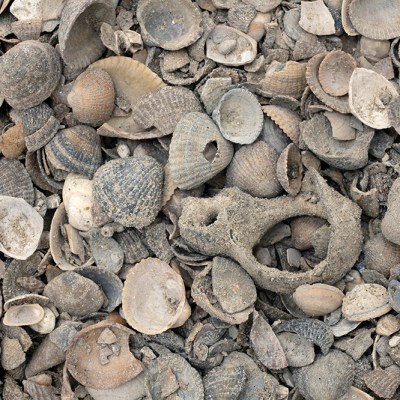Plein–air painting was all the rage in the late 18th and early 19th centuries as artists inspired by Romanticism and by scientific advances sought to get closer to nature. This show at the Fitzwilliam Museum (3 May–29 August) presents more than 120 open-air paintings which reveal the relationship between the practice of painting ‘in the field’ and developments in the natural sciences. Alongside a large collection of field notebooks by Adam Sedgwick, one of the founders of modern geology, the exhibition also highlights the collections of minerals and botanical specimens gathered by artists such as Pierre Henri de Valenciennes and John Constable. The artworks are arranged according to the natural landscape they show, from skies and atmospheric effects to rocks and grottoes, lakes and rock pools. Ranging from the turbulent sea of Carl Frederik Sørensen’s Rough Sea beside a Jetty (1849) to the serenity of Eugéne Decan’s Corot at his Easel, the exhibition will show the full breadth of artists’ responses to the natural world. Find out more on the Fitzwilliam Museum’s website.
Preview below | View Apollo’s Art Diary here
Sky Study with a Shaft of Sunlight (1822), John Constable (1776–1837). Courtesy Fitzwilliam Museum, Cambridge

Young Man reclining on the Downs (c. 1833–35), Théodore Caruelle d’Aligny (1798–1871). Courtesy Fitzwilliam Museum, Cambridge

The Neapolitan Coast with Vesuvius in Eruption (1820), Johan Christian Dahl (1788–1857). Courtesy Fitzwilliam Museum, Cambridge

Corot at his Easel, Crécy-en-Brie (1874), Eugène Decan (1829–1893). Courtesy Fitzwilliam Museum, Cambridge




